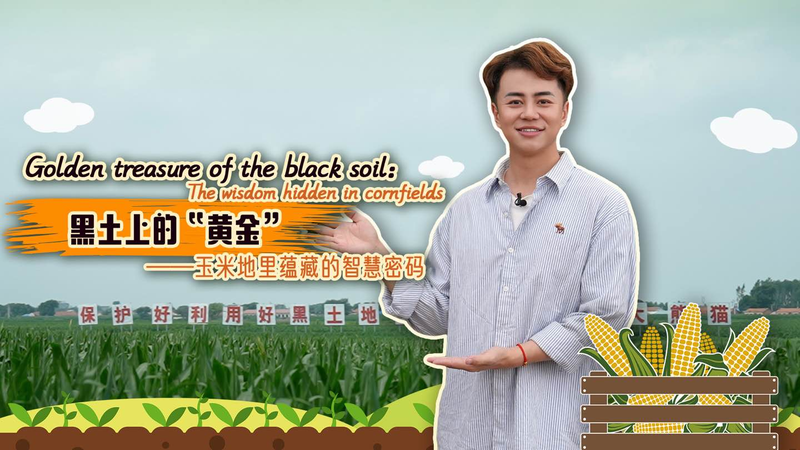At the heart of the black soil belt in the northeast of the Chinese mainland lies Lishu County in Jilin Province. Here, corn is more than just a staple crop—it’s a golden treasure linking rural fields to urban plates. Thanks to smart farming technology, local growers harness big data and real-time monitoring to fine-tune irrigation, track soil health, and minimize waste.
Imagine drones scanning fields at dawn, sensors measuring moisture and nutrient levels, and intuitive dashboards guiding farmers on the exact moment to plant, fertilize, or harvest. This level of precision helps farmers optimize resources, cut costs, and boost productivity—while safeguarding the land for future generations.
Once harvested, the corn embarks on a journey from modern grain stores to regional silos, then on to feed mills, processing plants, and markets where it’s transformed into oils, snacks, or livestock feed. This efficient supply chain reduces post-harvest losses, ensures freshness, and keeps prices stable for consumers.
Beyond technology, the corn industry is fueling rural revitalization: creating jobs in agtech, logistics, and processing; inspiring community-led initiatives; and encouraging young residents to build careers close to home. By merging traditional know-how with cutting-edge tools, Lishu County is crafting a model for sustainable agriculture that resonates across the Chinese mainland and beyond.
For young global citizens and tech enthusiasts alike, these golden rows whisper lessons about sustainability, rural empowerment, and the unseen connections between fields and forks worldwide. Lishu’s cornfields reveal how smart farming can transform landscapes—and lives.
Reference(s):
Golden treasure of the black soil: The wisdom hidden in cornfields
cgtn.com




